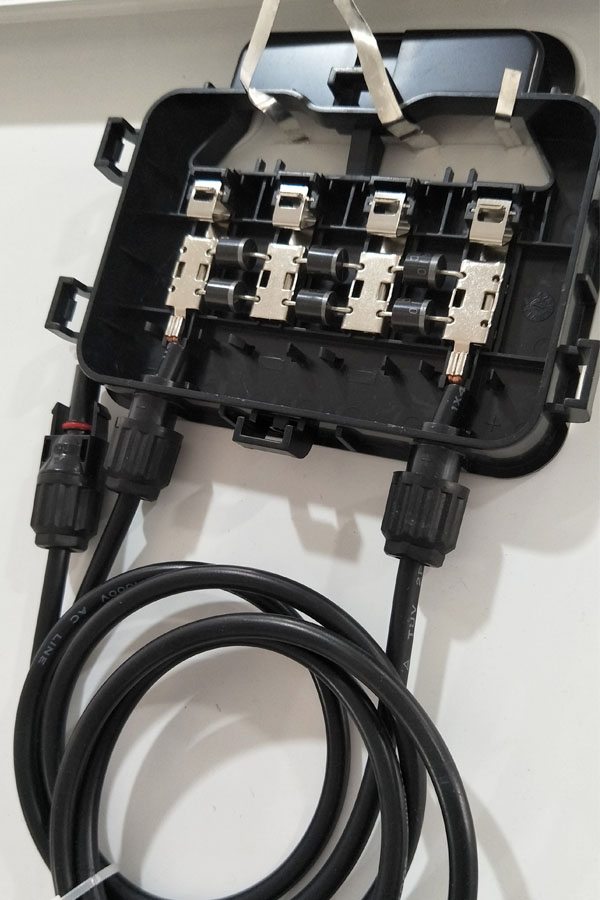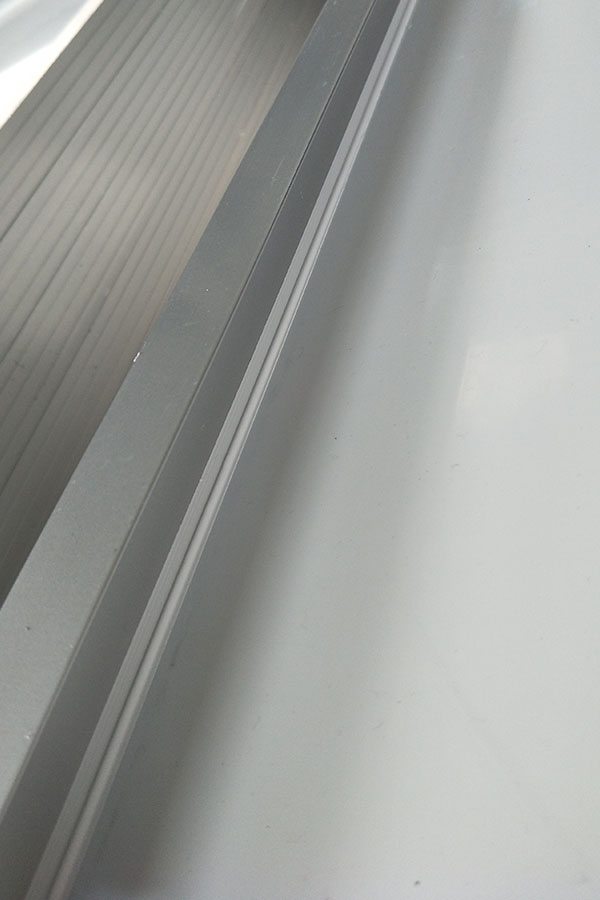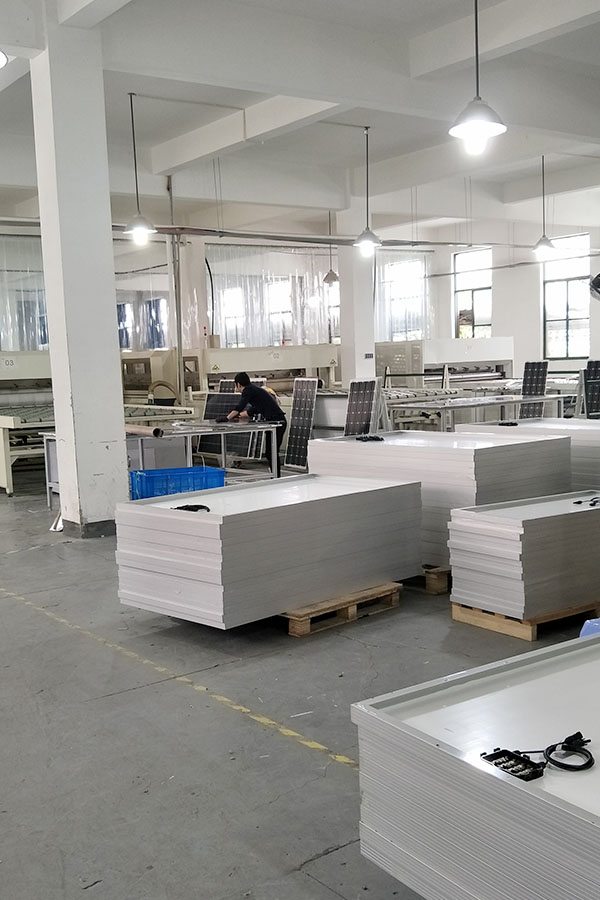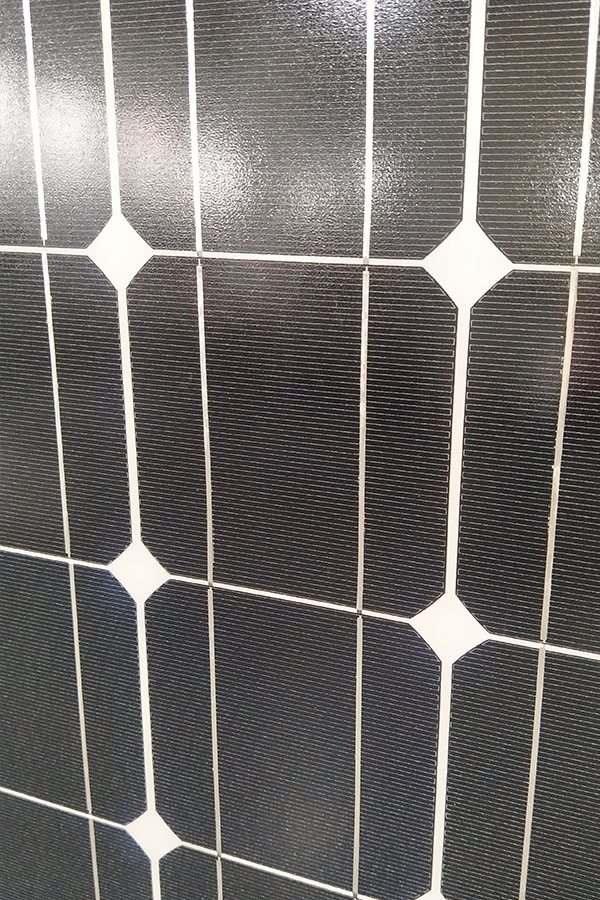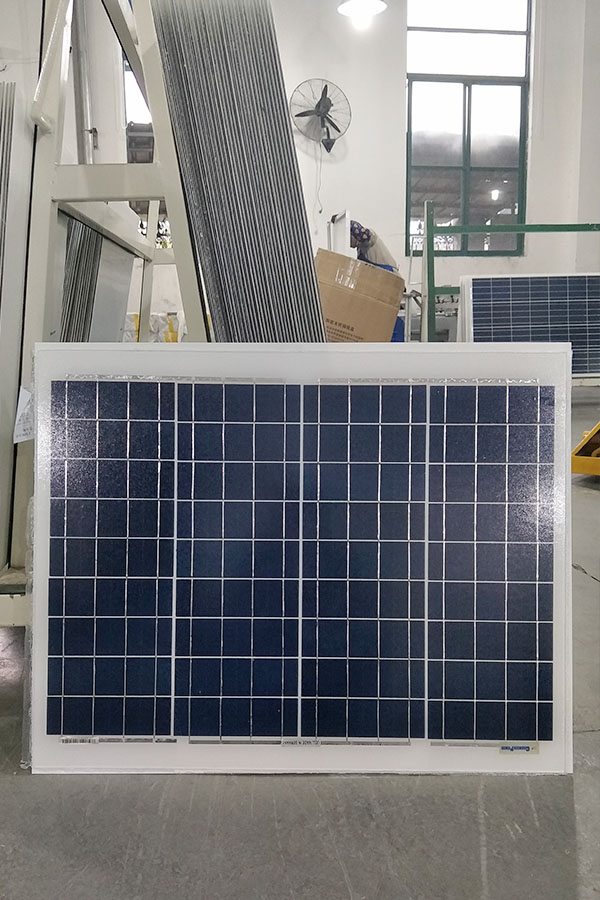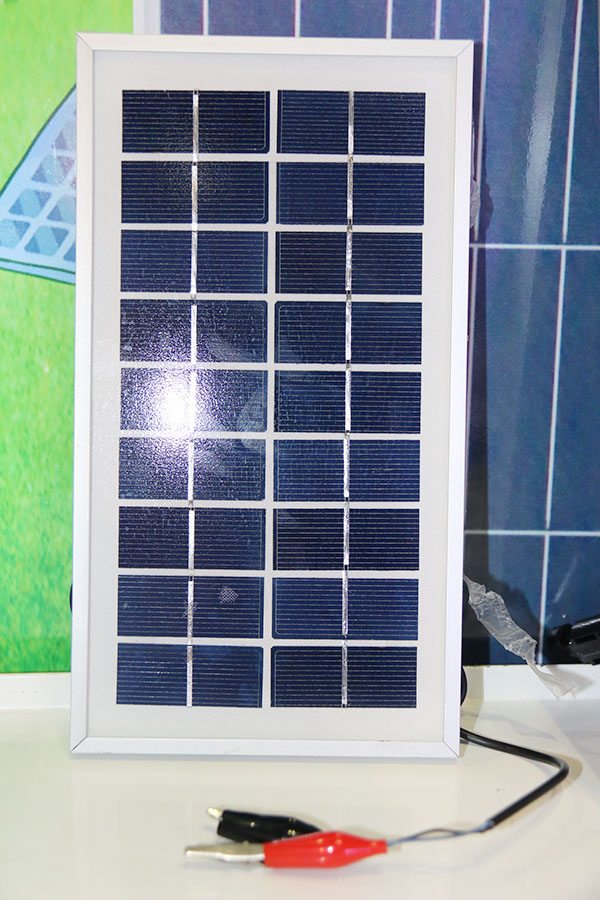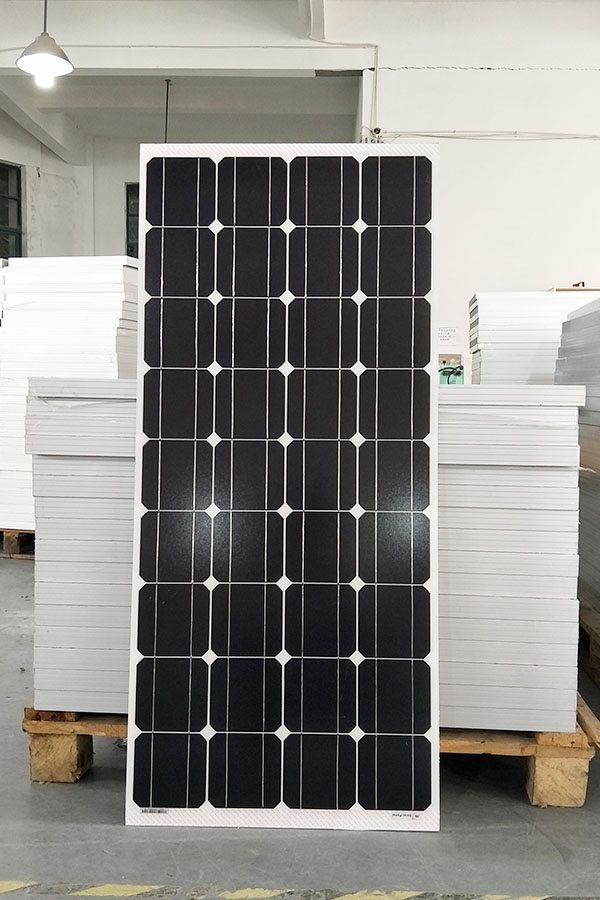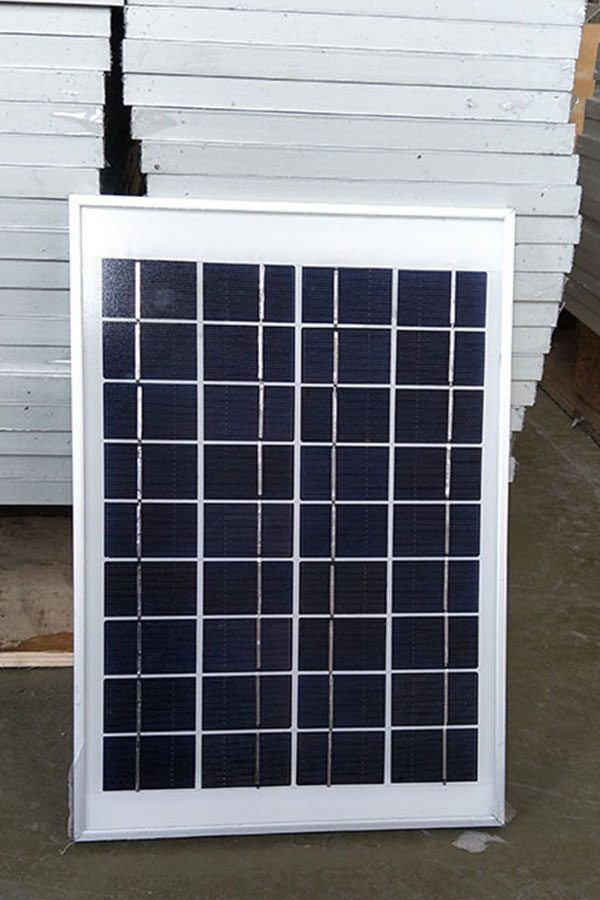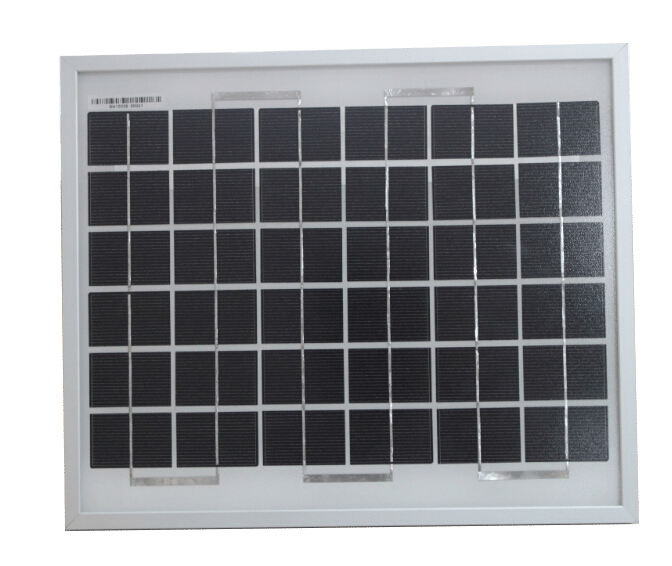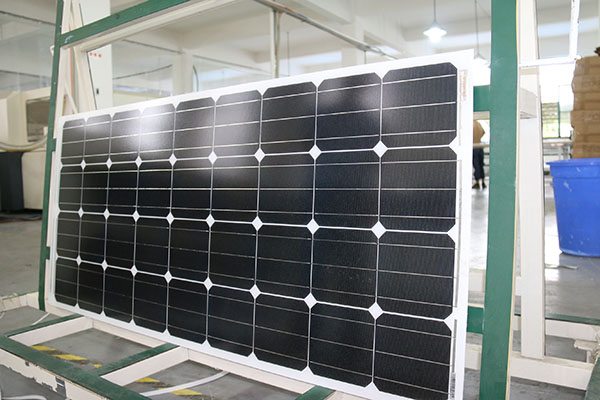Top Quality Mono-Crystalline 180W Solar Panel Oman Factories
Short Description:
It is our responsibility to meet your needs and efficiently serve you. Your satisfaction is our best reward. We are looking forward to your visit for joint growth for Top Quality Mono-Crystalline 180W Solar Panel Oman Factories, With superb service and quality, and an enterprise of foreign trade featuring validity and competitiveness, that will be trusted and welcomed by its clients and creates happiness to its employees.
Mono-Crystalline 180W Solar Panel
Technical parameter
Maximum Power(W) 180W
Optimum Power Voltage(Vmp) 36.42V
Optimum Operating Current(Imp) 4.96A
Open Circuit Voltage(Voc) 44.45V
Short Circuit Current(Isc) 5.44A
Mechanical Characteristics
Cell Type Mono-crystalline 125x125mm (5 inch)
No of Cell 72 (6x12pcs)
Dimensions 1580x808x35mm
Weight 14.5Kg
Front Glass 3.2mm,High Transmission, Low Iron,Tempered Glass
Junction box IP65 Rated
Output Cable TUV 1×4.0mm2/UL12AWG,Length:900mm
Temperature and Coefficients
Operating Temperature(°C): -40°C ~ + 85°C
Maximum System Voltage: 600V(UL)/1000V(IEC) DC
Maximum Rated Current Series: 15A
Temperature Coefficients of Pmax: -0.47%
Temperature Coefficients of Voc: -0.389%
Temperature Coefficients of Isc: 0.057%
Nominal Operationg Cell Temperature (NOCT): 47+/-2°C
Materials of solar panel
1).Solar Cell——Mono-crystalline solar cell 125*125mm
2).Front Glass——-3.2mm, high transmission, low iron, tempered glass
3).EVA——-excellent anti-aging EVA
4).TPT——-TPT hot seal made of flame resistance
5).Frame——anodized aluminum profile
6).Junction Box——-IP65 rated, high quality, with diode protection
Superiority: high quality anodized aluminum frame, high efficiency long life, easy installation, strong wind resistance, strong hail resistance.
Features
1. High cell efficiency with quality silicon materials for long term output stability
2. Strictly quality control ensure the stability and reliability, totally 23 QC procedures
3. High transmittance low iron tempered glass with enhanced stiffness and impact resistance
4. Both Poly-crystalline and Mono-crystalline
5. Excellent performance in harsh weather
6. Outstanding electrical performance under high temperature and low irradiance
Quality assurance testing
Thermal cycling test
Thermal shock test
Thermal/Freezing and high humidity cycling test
Electrical isolation test
Hail impact test
Mechanical, wind and twist loading test
Salt mist test
Light and water-exposure test
Moist carbon dioxide/sulphur dioxide
Here are the most strange things happening and being discovered in our solar system like diamond rain and even giant dust tornados.
Subscribe to Talltanic http://goo.gl/wgfvrr
6. Giant Dust Tornados
This incredible image taken by Nasa depicts a giant dust tornado on Mars surface, and was taken with the Mars Reconnaissance Orbiter in 2012. Considering how land on Mars is dry and with fine talcum like powder, dust storms can pick up quite easily. This dust tornado was spotted along one of the smoothest plains on Mars, known as the Amazonis Planitia, where these are a common occurrence and is about 140 meters in diameter. This spews dust particles all throughout the thin martian atmosphere. The wind speeds reach up to 110 kilometers per hour and somewhat similar to what we see on earth.
5. Diamond Rain
Another strange phenomena that happens in our solar system is known as diamond rain. If only there was some way to make this happen on earth, that’d be great! Due to strange magnetic poles on planets such as Uranus and Neptune or other gas giants, it causes large amounts of concentrated amounts of liquid carbon oceans. The large quantity of methane as well on these planets have been shown to cause enough pressure to turn the liquid carbon into large diamond icebergs. One the diamonds form, it causes diamonds to fall from the sky like hail or raindrops. So instead of worrying about getting to Mars, scientists should really find a way to one of these planets instead, and bring back a diamond iceberg while they’re at it.
4. Object X
The hubble telescope picked up a bizarre finding in 2010 of this x-shaped pattern of debris that was possibly made from a collision of two asteroids. A collision such as this has never been seen before. With the two asteroids travelling at an estimated speed of about 11 thousand miles per hour, they’re both going faster than a bullet shot from a rifle. About 5 times faster to be exact. Imagine looking into the sky and seeing something like this heading straight for earth! With the extreme speed of collision, it allowed scientists to witness a one of a kind nucleus. This part measured about 460 feet wide and trailed by dust of the same composition. It originated from the asteroid belt between mars and jupiter and not too far from us.
3. Magnetic Bubbles
The Nasa Voyager satellites are taking eyes to the edge of our solar system, 9 billion miles away giving us an idea what exactly separates our solar system from the rest of the galaxy. Our sun’s magnetic field goes a long way and it appears that the voyager probes may have uncovered something quite intriguing. Large magnetic foamy bubbles about 100 million miles wide are caused from sun revolving. The magnetic bubbles actually protect us from cosmic rays and more will be discovered about this when our satellites go further into space.
2. Space Junk
It’s estimated that all the junk we’ve left up in space from our space is definitely still floating up there and has no problem crashing back down to earth from time to time. According to Nasa, this includes debris such as abandoned launch vehicle stages, mission-related debris and fragmentation debris. This poses a threat to spacecraft attempting to leave earth’s atmosphere and the people within the spacecraft. For example a French aircraft satellite was struck by a piece of debris from that was in space a decade earlier a rocket, causing it to explode. This piece of space junk here, also known as the Namibia Spaceball, fell from the sky and shocked eyewitnesses. Nasa scientists believed it was what’s known as a composite overwrapped pressure vessel, that stores gas while in space. Another case of humans causing more debris in outer space was when China used a missile to destroy an old weather satellite, adding 3000 more pieces of debris to the existing problem.
1. Solar Flares
The sun is the center of all solar system and our lives revolve around it, literally. It’s so huge, that it would take 1.3 million earths to fill up the size of the sun. So when a sudden and rapid variation of brightness of the sun occurs it has the ability to alter a few things in our solar system. When a solar flare occurs, it lets off every type of wavelength known in our entire electromagnetic spectrum. X Rays, Gamma Rays, you name it. The energy given off is about 10 million times more powerful than the energy released from a volcanic eruption. You don’t want to actually look at the sun while this happened so luckily Nasa released this impressive video of a solar flare in April 2016. Even with this being only a moderate solar flare it still caused short radio broadcast blackouts. The video was captured with several different wavelengths and color coded in SDO images.
Can you practically power an electric bike with a solar panel? Learn this and more with Blue Monkey Bicycle, your electric bike resource!
www.bluemonkeybicycles.com

